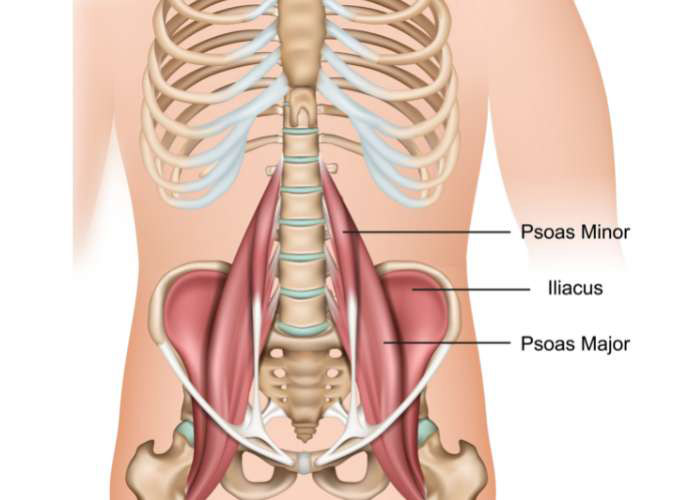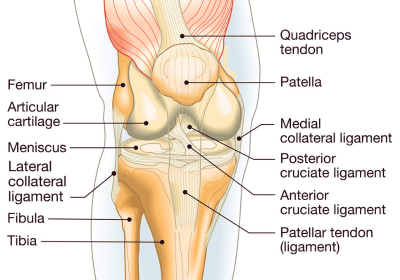Snapping Hip | PSOAS Specialist
If you are a gymnast, dancer or if you participate in track and field type sports, you are at a high risk of sustaining a hip condition called psoas impingement. This muscle can become pined, causing pain due to the abnormal motion of the hip. Doctor Prem Ramkumar, psoas impingement specialist, is located in Long Beach and serves patients in Los Angeles, Orange County, and surrounding Southern California areas who are experiencing groin pain or deep hip pain. He offers both surgical and non-surgical treatment options. Contact Dr. Ramkumar’s team today!

What is psoas impingement or Internal Snapping Hip?
Psoas impingement, also called internal snapping hip syndrome, occurs when the iliopsoas tendon becomes tight and inflamed because of repeated abnormal hip rotation. The iliopsoas tendon is formed by the merging of two muscles: the psoas, a strong hip flexor, and the iliacus, which is found deep in the pelvis. This combined muscle attaches to the femur on the lesser trochanter via the iliopsoas tendon. When the tendon tightens, this large tendon may audibly “snap” over the front of the hip joint and cause pain. The condition is common in athletes, particularly dancers, who perform repetitive hip movements. Dr. Prem Ramkumar, psoas impingement specialist, is located in Long Beach and serves patients in Los Angeles, Orange County, and surrounding Southern California areas.

What causes psoas impingement?
The cause of psoas impingement can vary but may be due to various diagnoses, including injury, overuse, osteoarthritis, rheumatoid arthritis, idiopathic, and postoperatively following hip replacements. Athletes, particularly gymnasts and dancers who repeatedly use their hip flexor muscles, are more prone to this syndrome. They can help prevent it with a tailored stretching program. Hip flexors can also tighten if you sit for long periods or participate in activities such as sit-ups, weight training, and bicycling.
Psoas impingement can also occur after hip replacement, and this is quoted to occur 4% of the time. Patients frequently complain of pain in the groin after hip replacement, which may radiate to the thigh and is not always constant. Hip flexion activities—such as walking up and down stairs and getting in and out of a car—often trigger the pain. This occurs after hip replacement if the acetabular component’s position is placed in a position that causes this tendon to rub over the metal shell. The component would have to be retroverted, lateralized, or anteriorized. This can also occur if excess offset is reconstituted.
What are the symptoms of psoas impingement?
Hip pain and soreness deep in the groin are the primary symptoms of psoas impingement. Other symptoms include:
- Low back pain and stiffness
- Tightness or pain with activities requiring flexion and extension
- Snapping sensation in the front part of the hip
Psoas impingement can also cause posture issues and often leads to lordosis (overarching of the lumbar spine), which can contribute to injury and/or arthritis of the lumbar joints.
How is psoas impingement diagnosed?
Dr. Ramkumar will perform a thorough history and exam, using specific tests to assess the psoas muscle and tendon and your strength and flexibility. He will also order X-rays and an MRI to look inside the joint at the bone and the surrounding soft tissues and cartilage. Strength and flexibility
What is the treatment for psoas impingement?
Non-Surgical Treatment:
In most cases, hip psoas impingement can be treated conservatively with rest, anti-inflammatory medications, and a tailored stretching program. Physical therapy often helps strengthen the muscle to prevent re-injury. Dr. Ramkumar may recommend a guided steroid injection with a local anesthetic to help reduce pain and inflammation but also confirm the diagnosis.
Surgical Treatment:
If conservative measures fail to provide relief, Dr. Ramkumar may recommend surgery to address the tendon or the underlying abnormality. This surgery is performed arthroscopically, meaning a small camera is inserted into the hip joint to evaluate the psoas tendon. If the tendon is tight or diseased, Dr. Ramkumar will lengthen the tendon just enough to decrease or eliminate excessive tendon rubbing. He will also address any other issues he may see during the surgery.
What is the recovery time after psoas impingement surgery?
Physical therapy begins immediately following surgery. Movements start slow and gently increase until the full range of motion is restored. The goal is to maintain the length of the tendon through careful stretching so it does not tighten again.


